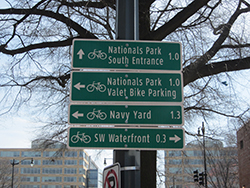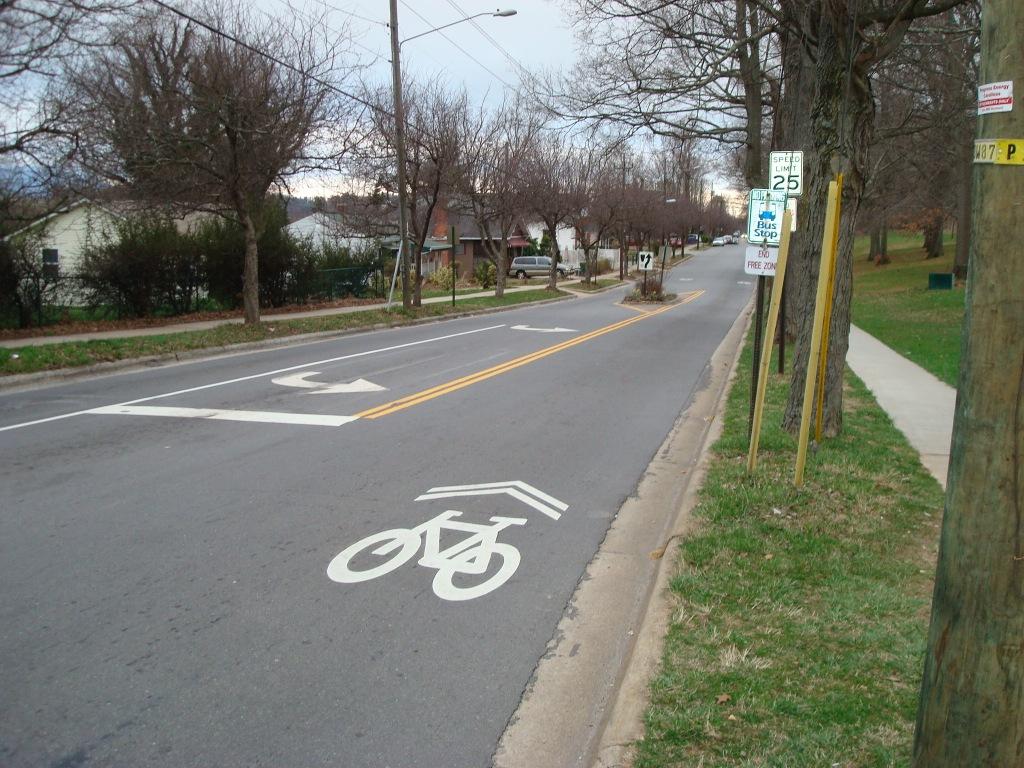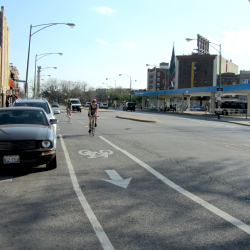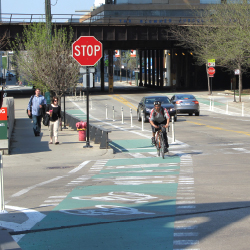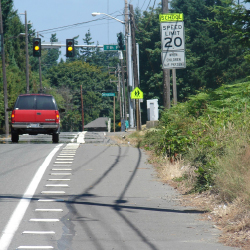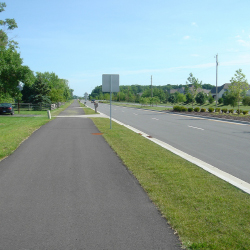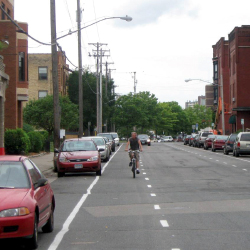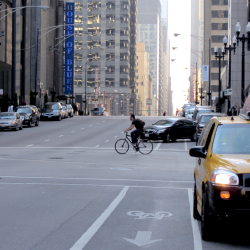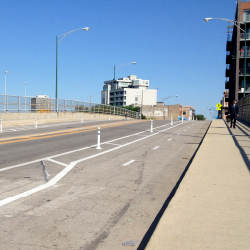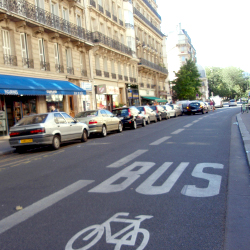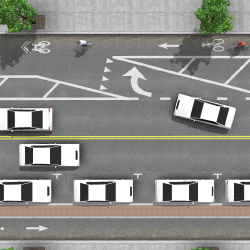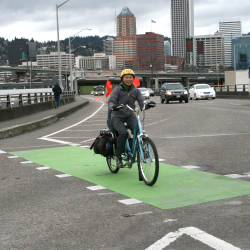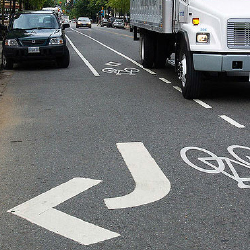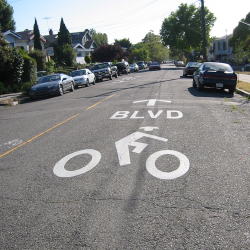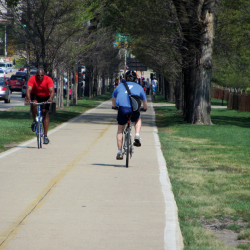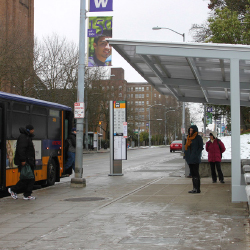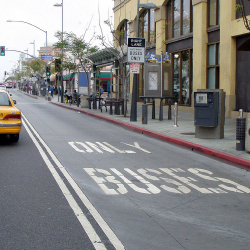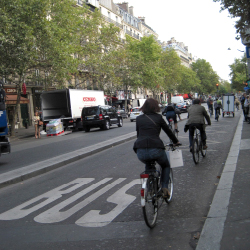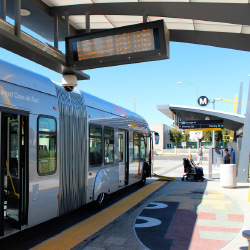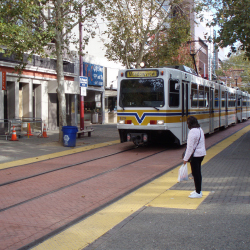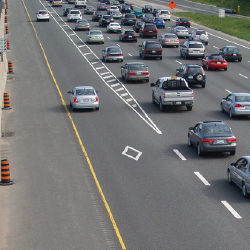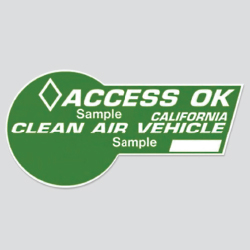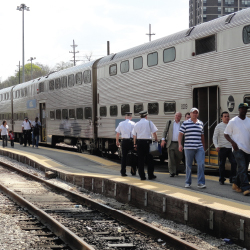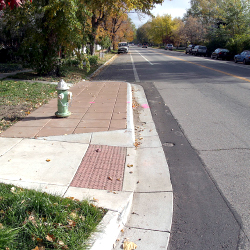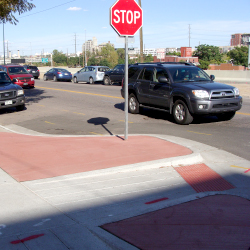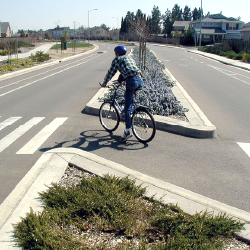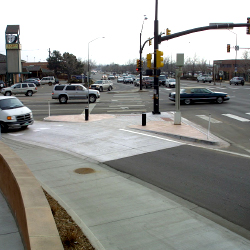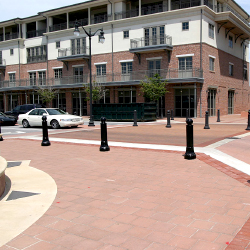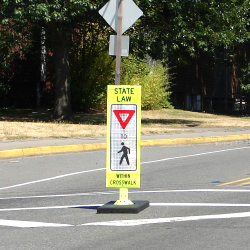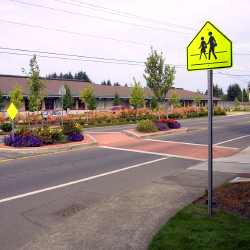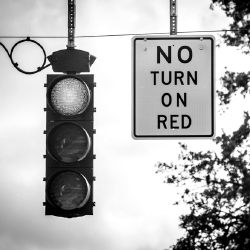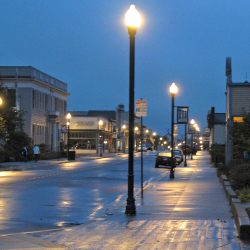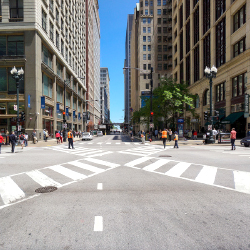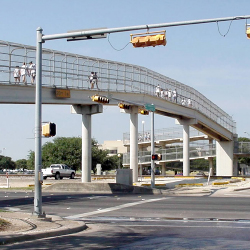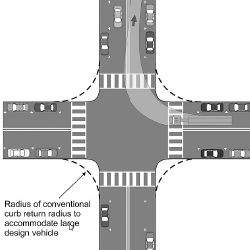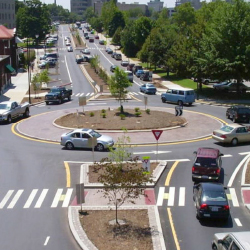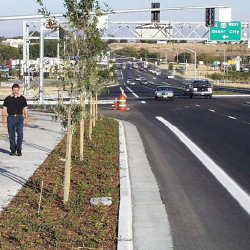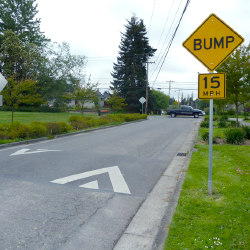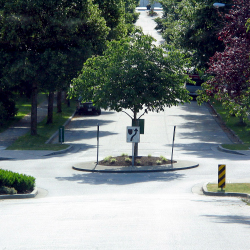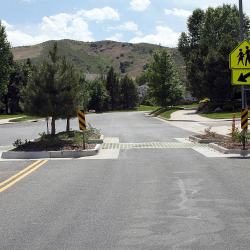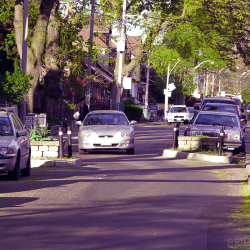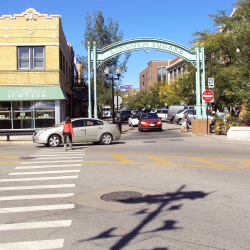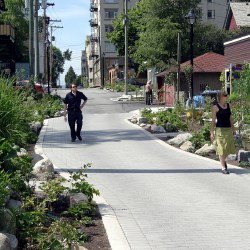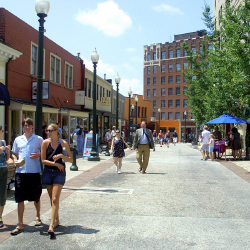Bicycle Facilities
There are many types of bicycle facilities. The land use context, motor vehicle speed, and traffic volumes should be considered when selecting appropriate treatments. As a general rule, separation between vehicles and bicycles should increase as vehicle speed and volume increase, though on-street bicycle facilities can themselves function as a traffic calming measure. ROW constraints may limit bicycle facility selection, especially in retrofit projects, and may require tradeoffs in more constricted areas. An excellent source for more information on bicycle facility types is NACTO's Urban Bikeway Design Guide, which is available to download for free at http://nacto.org/cities-for-cycling/design-guide/. In addition, AASHTO's detailed Guide for the Development of Bicycle Facilities, 4th Edition (2012) can be purchased at https://bookstore.transportation.org/item_details.aspx?ID=1943.
Basic Bike Facilities
Special-Purpose Bike Lanes
Intersection Considerations
Comprehensive Roadway Treatments
Basic Transit Facilities
Transit systems make use of streets and public rights-of-way both to operate vehicles (buses, trolleys, streetcars, trains, etc.) and to provide access for transit users to and from these vehicles. While this toolkit cannot cover all aspects and elements of transit design, operations, and accessibility, we will offer some basic information on several important facilities or service types that can enhance the function and experience of transit on different types of corridors.
More information on the connection between roadway planning and design and transit can be found in Pace Suburban Bus Transit Supportive Guidelines .
Pedestrian Facilities
Sidewalks and crosswalks are the most basic of pedestrian facilities. Selection of pedestrian facilities should be based on the surrounding land use context and traffic conditions. Please see the "Select Treatments" section of this toolkit for more detailed discussion of crossing treatments.
